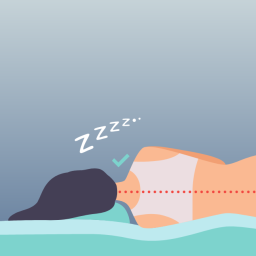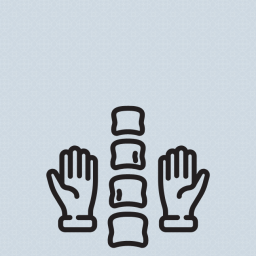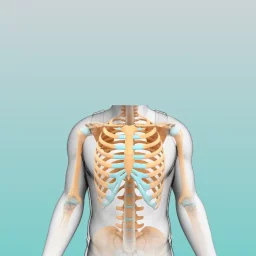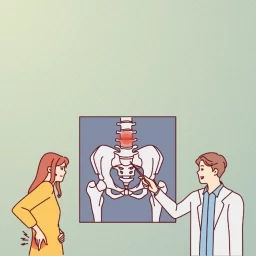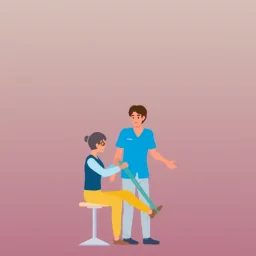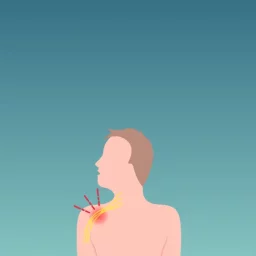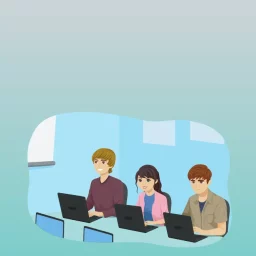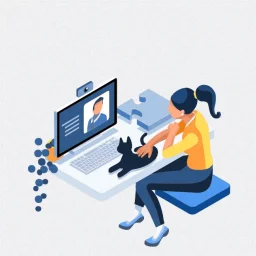How Screen Time Affects Young Spines
As the back-to-school season is upon us, screen time is inevitably going to increase. Sitting time will also increase, as will being sedentary with a decrease in overall movement. Our kids may love their tablets and phones, but their growing spines don’t. All that screen time can have negative impacts on their developing spines. As Chiropractors, we are frequently seeing “text neck” or “iPosture” in millennials now. This is characterized by a forward head posture and loss of the normal neck curve.
Text neck can increase the risk of MSK conditions, including neck and back pain. So what does this mean for the generations to come? Unfortunately, we likely won’t know the full impact of frequent technology use on developing spines for several years, but what we already know is scary enough to take action now!
Prolonged screen time ultimately encourages poor posture in kids (and adults!). And if these bad habits set in in young kids, what will their spines look and feel like later in life? Poor posture means a forward-leaning head, rounded upper back and shoulders, compressed thoracic cage and little to no core activation. An increase in forward head posture of just 2.5cm causes a child’s head to weigh an extra 6.5-10 lbs! That’s a 100% increase in weight-bearing stress on their spine, not to mention the added tension on their neck and upper back muscles, ligaments, tendons and discs.
Too much screen time can also lead to other problems early on in life. These include poor eyesight, sleep problems, social skills suffering, weight gain, delayed cognitive development, reduced focus and concentration, poor mood, impaired communication skills, and reduced readiness for school.
Balancing act
We know that technology and learning how to use technology are important for future generations, but finding a balance is key.
Here are some tips to help reduce the negative impacts of screen time on your child’s spine and posture:
1. Limit screen time to half-hour sessions:
- After that amount of time, the muscles that support your child’s spine begin to fatigue. Slumping and slouching become the preferred postures. By getting up and moving around after 30 minutes of screen time, you can prevent the neck and upper back muscles from tiring out, keeping them active and ready to protect the spine.
2. Homework:
- If your child spends time doing homework on a computer or laptop at home, set them up with a standing desk. This may not be possible at school, but it can be at home. Standing can help keep the core muscles and upper back muscles working, limiting stress on the smaller muscles of the neck.
3. Awareness:
Talk to your kids about poor posture and the impacts of screen time on their spines and overall health. Kids like to know the reasons why they should and shouldn’t do something. Ask your chiropractor for some spinal health education tips.
4. Movement:
Practice stretching and moving with your kids. We spend too much time in front of screens too so take those breaks together. Put down the phone, get up and move around. Straighten Up Canada is a great resource for posture stretches and exercises. Get your kids moving their bodies as much and as often as possible. They need active play time, outdoor playtime and social interaction for optimal development.
5. Toddlers:
Avoiding screen time before the age of 2 is highly recommended by healthcare professionals. There are benefits to technology and our kids are going to have to learn to use it at some point. It is therefore recommended to limit screen time to less than an hour a day after the age of 2. Encourage your child to take breaks often, looking away and moving their heads, taking 5 deep breaths.
6. Wellness check:
Bring your child in for a spinal health check with your chiropractor. Your chiropractor can guide you and your child onto the path of spinal health, good posture and prevention of MSK conditions, including neck and back pain.
The bottom line is that movement is necessary for proper spinal and brain development. And movement doesn’t happen behind a screen. The joints of the spine send information to the brain as they move. So keeps your kids moving, playing, learning and growing!
Visit us online for more information or to book an assessment with our expert MSK healthcare team.



